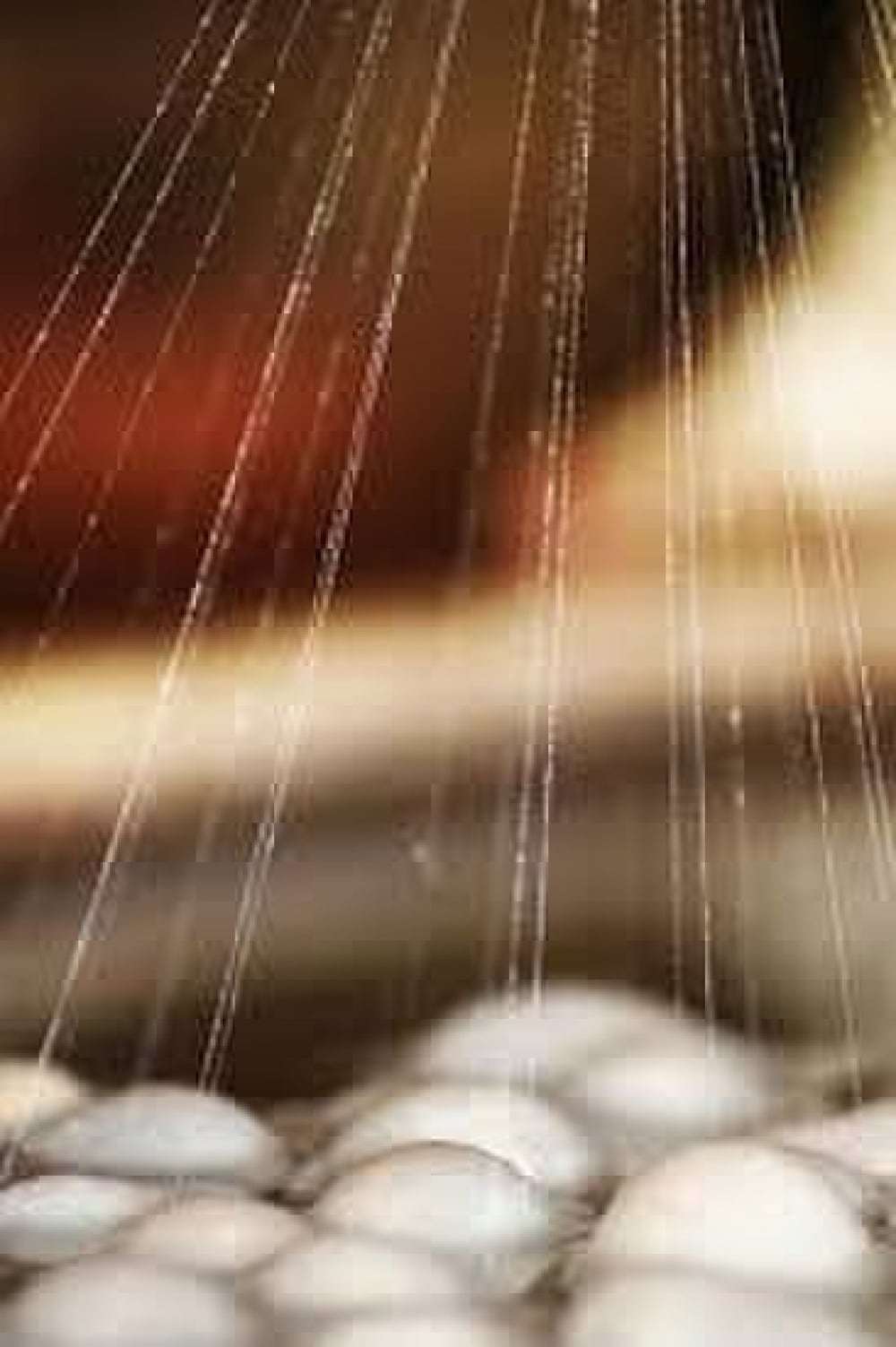The military has long been fascinated with the concept of using spider silk as a substitute for heavier materials, replacing nylon on tents, and even Kevlar on body armor.
The Air Force Research Laboratory, in partnership with Purdue University, is now working hard to make that a reality for the U.S. military.
While naturally generated and woven spider silk is light and durable — comparable in tensile strength to steel — it doesn’t quite measure up to the new standard set by artificial spider silk, which amplifies the material’s best qualities.
It follows that one of the first applications explored by the Air Force for the new breed of artificial silk will be parachutes — both those used by airborne troops and the type utilized in airdropping heavy cargo and large pieces of equipment.
This synthetic fiber isn’t just stronger, but it also has cooling properties that could make it a game-changer for personnel deployed to hot climates, especially around the Middle East and Africa.
Silk, unlike most other materials commercially available today, wards off heat efficiently, making one of its most anticipated applications body armor — specifically, bulletproof vests.
Currently, the body armor issued to combat troops overseas tends to be heavy (adding tens of pounds of weight to an already heavily-burdened trooper) while retaining heat.

These two negative properties have had adverse implications for combat troops serving in Afghanistan and Iraq for years. New silk-based body armor would not only lighten the load, but also enhance a soldier’s protective posture, providing a comparable or higher degree of bullet resistance than the current industry standard in Kevlar.
The Army, in addition to the Air Force, has investigated artificial spider silk for years, going as far as awarding large grants to private design firms to study the mass-production and utilization of the fiber for military purposes.
RELATED

While silk is created naturally by spiders, mass-generation of the material can be exceedingly difficult. As a result, scientists began using genetically modified silkworms to produce silk that was just as strong as spider silk, but far less of a hassle to generate in large quantities.
has recently taken
Ian D’Costa is a correspondent with Gear Scout whose work has been featured with We Are The Mighty, The Aviationist, and Business Insider. An avid outdoorsman, Ian is also a guns and gear enthusiast.




